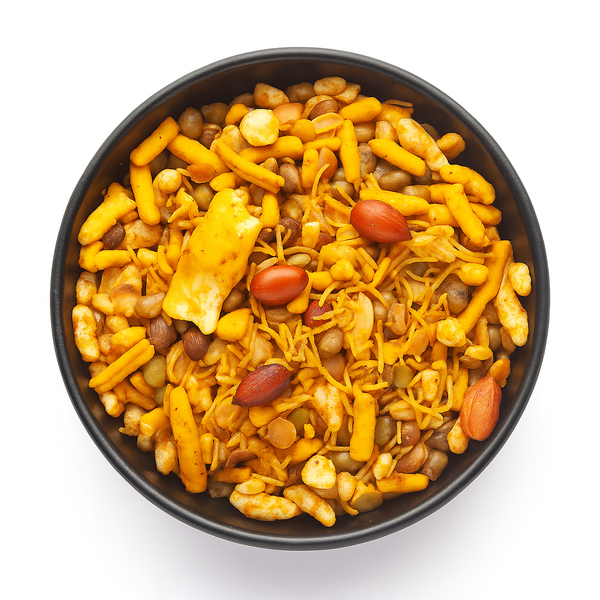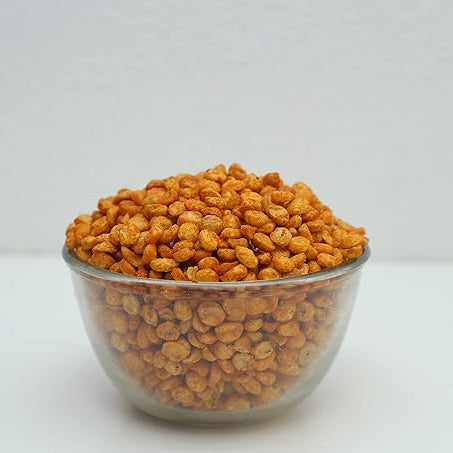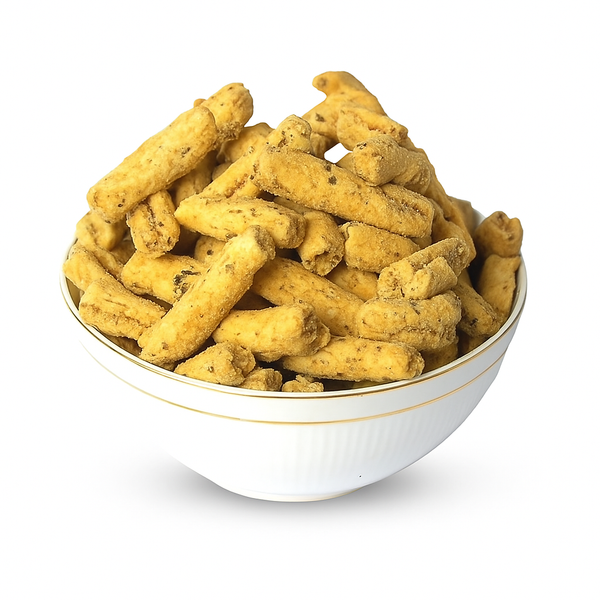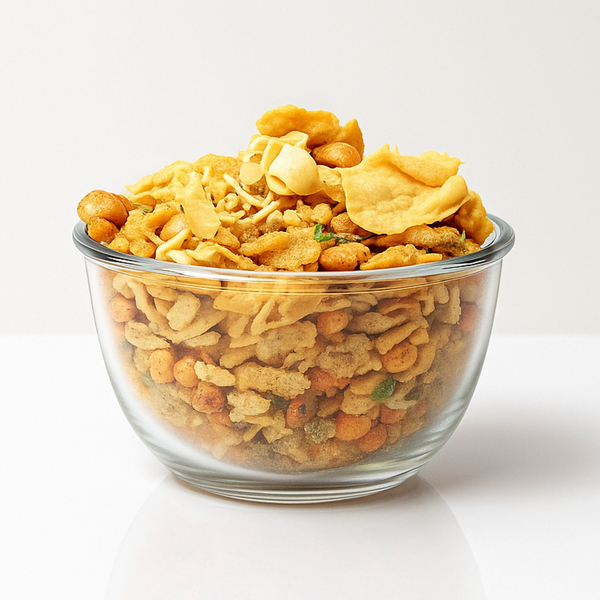🌶️ A Spicy Legacy: The History of Ratlami Snacks from Ancient Times
When one thinks of Indian snacks, few hold the iconic status of Ratlami sev and other Ratlami namkeen varieties. Known for their bold spices and crispy texture, these snacks aren’t just popular—they’re a part of India’s culinary soul. But where did this spicy legacy begin? Let’s take a journey through time and trace the flavorful history of Ratlami snacks from ancient roots to modern shelves.
🏛️ Ancient Beginnings: Malwa’s Culinary Cradle
Ratlami snacks have their origins in the Malwa region of Madhya Pradesh, an area with a long-standing tradition of bold flavors and vegetarian cuisine. Ancient Malwa was a melting pot of cultural influences—ranging from Mauryan to Gupta to Rajput dynasties—all of which left their culinary imprints.
The use of gram flour (besan), carom seeds (ajwain), asafoetida (hing), and mustard oil—now signature ingredients of Ratlami sev—can be traced back to these early periods. These ingredients were not just chosen for taste, but for their digestive and medicinal properties, aligned with Ayurvedic principles.
🏰 The Royal Era: Ratlam State and the Art of Snacking
The real story of Ratlami snacks takes off during the early 19th century, under the Holkar dynasty and later the princely state of Ratlam. This era saw the rise of royal kitchens, where skilled halwais (traditional chefs) began crafting savory treats that blended local spices with unique techniques.
The Ratlami sev was born in these kitchens—not as a common man’s snack, but as a royal indulgence. The crispiness, the spicy kick, and the use of clove powder and black pepper gave it a regal touch that set it apart from other sev varieties.
🚂 Colonial Impact: Railways and Rising Fame
The British Raj brought the railway lines to central India, and with them, a revolution in snack culture. Ratlam became a key railway junction, and travelers started encountering Ratlami sev sold at stations in paper cones or banana leaves.
Its long shelf life, combined with a burst of flavor, made it a hit with commuters. Ratlami sev became one of the first regional snacks to gain pan-India popularity, traveling from platform stalls to homes across the subcontinent.
🧂 Secret of the Spice: What Makes Ratlami Sev Unique?
Unlike plain sev, Ratlami sev is made with a distinctive mix of spices—most notably:
-
Clove (laung)
-
Ajwain (carom seeds)
-
Pepper and hing
-
Mota besan (coarse gram flour)
These ingredients are hand-blended into the dough, deep-fried in mustard oil, and crafted to maintain a robust texture and sharp flavor. The spice blend is often a closely guarded family secret in Ratlam, passed down through generations.
🏙️ From Streets to Supermarkets: Modern-Day Ratlami Snacks
Today, Ratlami snacks have become a national and international sensation. From traditional Ratlami sev to innovative variants like:
-
Masala boondi
-
Chakli
-
Mix namkeen
...local Ratlami businesses and big brands alike are keeping the legacy alive. What started as a royal delight has now become a daily snack in Indian households and a favorite in Indian stores abroad.
🏡 The Cultural Identity of Ratlam
More than just food, Ratlami snacks represent community, tradition, and pride. In Ratlam, nearly every household knows a unique variation of sev or namkeen. During festivals like Diwali, making and sharing these snacks is a cherished ritual.
For many, Ratlami sev isn’t just spicy food—it’s an emotion, a taste of home, and a story of centuries packed into every crunchy bite.
📝 Final Crunch: A Heritage Worth Savoring
From the ancient spices of Malwa to modern snack packets with barcodes, the journey of Ratlami snacks is a testament to India’s ability to preserve tradition while embracing change. Whether you're a first-time taster or a lifelong fan, every bite carries with it a slice of history—and a spark of spice.
So next time you open a pack of Ratlami sev, remember: you’re not just snacking… you’re savoring centuries.







